
When it comes to web app development, frontend as well as the back end development, both play an important role in creating an amazing business website. The backend web frameworks consist of languages and tools used in server-side programming in a web application development environment.
The key to the successful back end development of web applications is choosing the correct stack, learning new databases and programming languages and understanding the server architecture as well.
Developers play a fundamental role in web development as they create the central logic around which an application runs and dynamically integrates it with the front-end.
Therefore, hiring expert web developers from a reliable web development company can help you best with this.
However, there are few things to be considered while choosing the top backend web frameworks for your next web application development project.
– Ease-of-use
– Speed
– Documentation
– Community
In this blog, we will discuss some top backend web frameworks for back end development to be used in 2018. This will help a number of web development companies to achieve success for their business and help them providing good web development services to their clients.
1) Django
It is a high-level Python web application development framework that provides a clean and pragmatic design to the database-driven websites. This open-source framework is based on the Model-View-Template (MVT) architecture, that makes it reusable and enables components to plug-in seamlessly.
It is equipped with an optional interface to set user permissions, it allows administrators to develop, update, and delete users easily. This back end development framework is known for its bundled applications, including a dynamic administrative interface and tools to generate Google sitemaps.
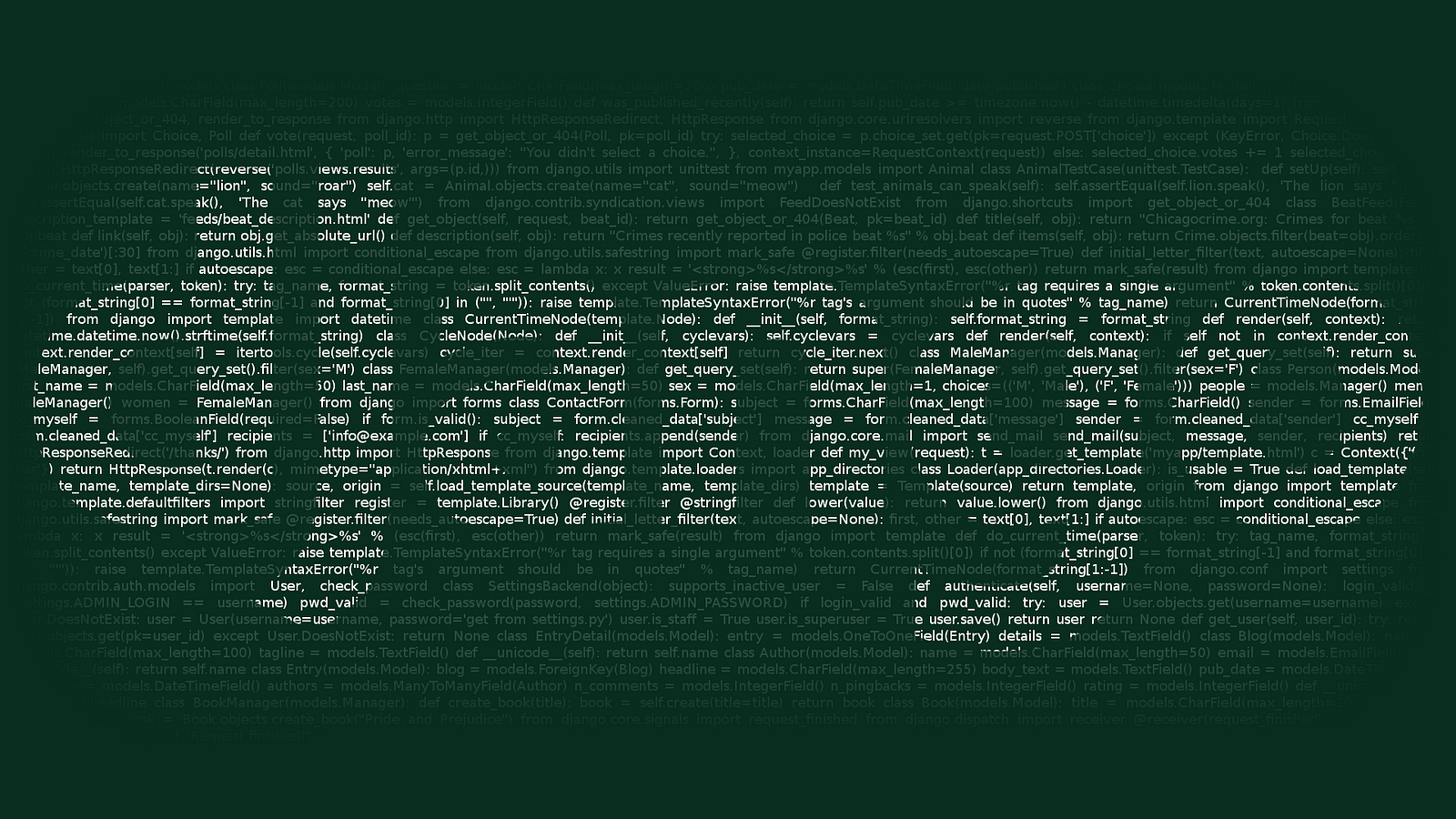
Features:
– Highly customizable: This web application development framework is in itself a highly customizable web framework. The template framework, ORM, and database can all be swapped out.
– Top-notch documentation: The Django documentation is well written, thorough and explained everything in detail.
– Popular tool: Django is also a very popular tool, with an extensive community and a lot of experienced developers that have been using it for years.
– Clear and defined MVC organization: Django follows some fairly well established MVC patterns. With everything in place and where requests follow a clear path through urlresolvers, middleware, view and context processors.
Technical specifications:
Default ORM: Django ORM
Default Template Engine: Django (Jinja2)
Price: High
Multi-Language Support: Excellent
Best Read: Top 10 JavaScript Charting Libraries For Your Web Development
This is one of the most popular web frameworks written using the Ruby programming language and executed on Linux. It offers developers a comfortable coding environment, with easy compilation and testing. A special thanks to the MVC architecture with which developers can add their code for views or models in a concurrent environment.
It also allows a smooth transition from back end development and testing to the final stages of the development lifecycle. It has built-in security-related functions and uses a set of add-ons before the launch of the web app.
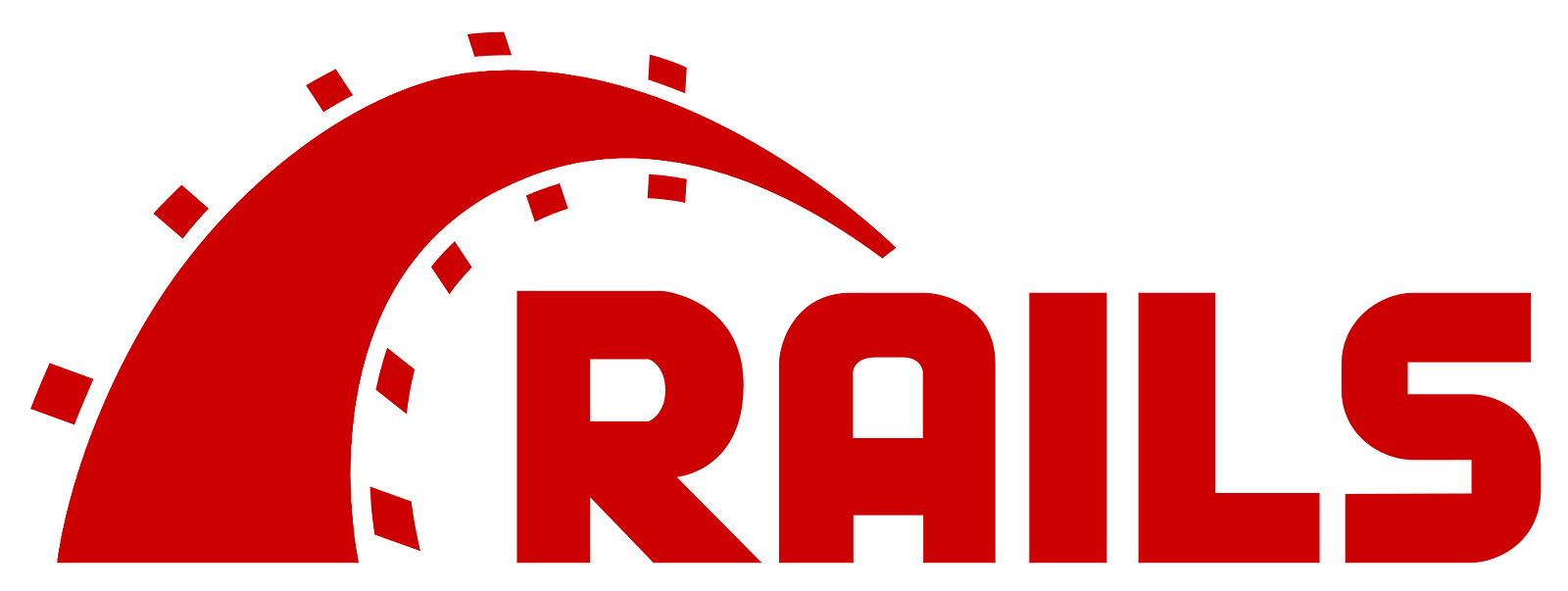
Features:
– Good conventions: MVC is a great starting point, and perfect for APIs.
– A number of plugins available: There are many third-party add-ons (Ruby gems) available for the development of Rails. The largest and those with many downloads and users are very well documented and easy to use.
– VPS hosting service: This web application development framework is compatible with all the major cloud hosting services today. There are also countless tutorials that help developers to implement their Rails applications if there is any problem along the way.
– Massive community: The large scale and a lot of developers using Rails have produced a lot of guides, tutorials, add-ons, documentation, videos and everything that can help the developers of new and old Rails.
Technical specifications:
Default ORM: ActiveRecord
Default Template Engine: ERB
3) Flask
Flask is the most popular and lightweight Python web app development microarray that does not use tools or libraries. It is one of the most ideal web frameworks for running web applications through integrated devices. With Unicode-based support and extensive documentation, it reduces tasks for programmers and project analysts.
It has a RESTful request dispatch that offers an advantage to the framework by providing inter-network interoperability. The current state of the framework can be modified by virtue of code extensions, to add desired features. Applications that use the Flask framework include LinkedIn, Pinterest and the community website.

Features:
– Very flexible: This web application development framework gives developers a lot of flexibility in how they develop their web apps.
– Maximum resources: It is one of the most popular Python web app development frameworks. It has a plenty of guides, tutorials, and libraries available for its users.
– Great documentation: Its official documentation is very thorough and complete. Everything is deeply explained and followed by extremely well-explained tutorials that tackle real-world problems.
– Build quick prototype easily: It provides all the necessary tools to build a quick prototype for a web application right after a fresh install.
Technical specifications:
Written in: Python
License: BSD License
Must Look: 20 Top Web Development Companies For Startups & SMEs | 2018
The Phoenix back end development framework works with Erlang’s Virtual Machine (VM), that makes better use of resources. It is capable of handling a large number of users simultaneously, by virtue of its high speeds. Like Ruby on Rails or Python’s Django, it is written in Elixir and follows the MVC pattern on the server side.
The fastest virtual machine in Phoenix reduces latency time and boosts the performance of an API series. A large JSON request that takes between 1.5 and 2 seconds in Rails takes only 400 ms with Phoenix. The “cost per 1000 active users” in Phoenix is much lower than the other back-end platforms.
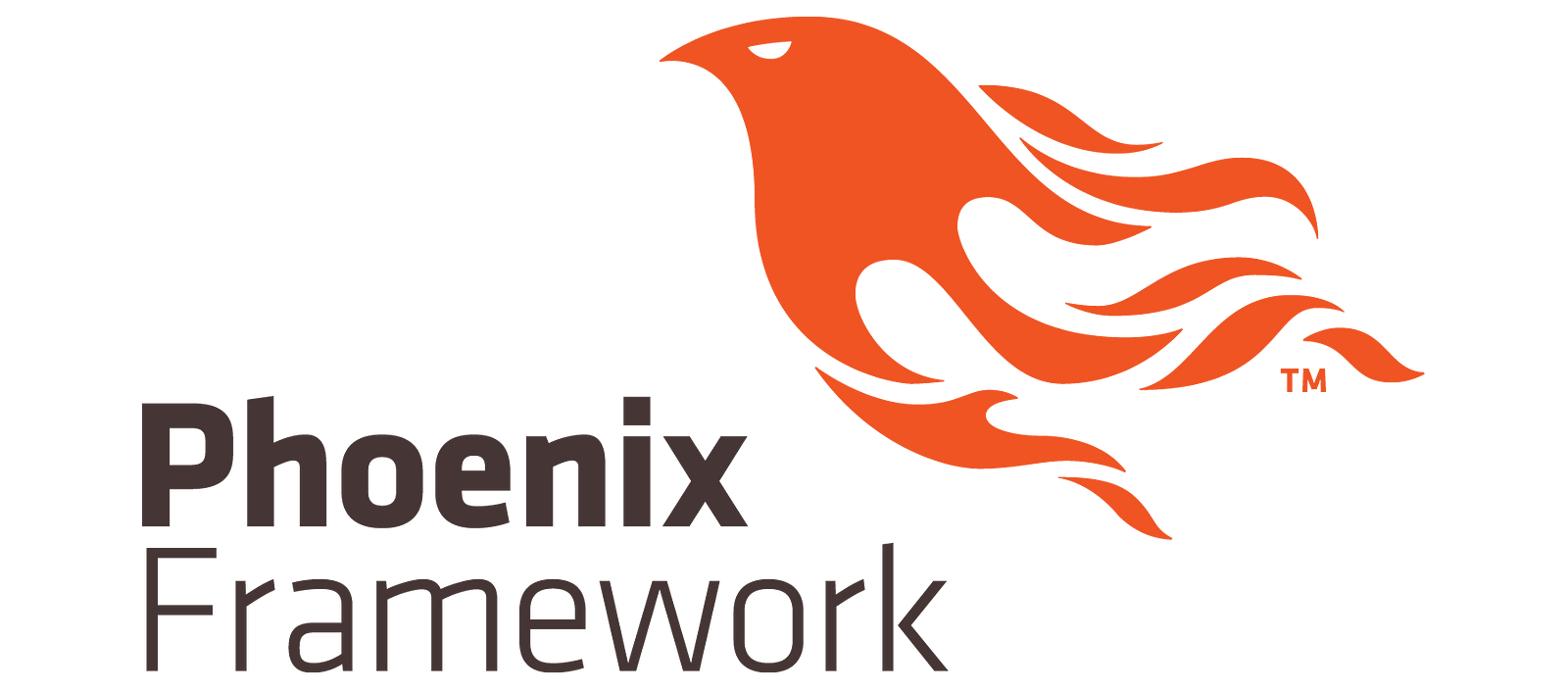
Features:
– Beautiful and well-designed: With this web frameworks, you can easily develop beautiful applications.
– Very fast: You can get sub-millisecond response times for simple requests.
– Great documentation: The community forums, official website, and GitHub community are polite, friendly, and excited about the technology.
– Real-time streaming: With its soft real-time API, it works well with mobile, web and embedded devices.
– Fault tolerant: It has maximum reliability since a process can have a supervisor that can restart the process when it fails.
Technical specifications:
Written in: Elixir
Platforms: Linux, Windows
Related: 7 Blockchain Web Development Tools To Grow Your Stack
5) Express.js
It is a flexible and fast Node.JS web app development framework which offers a thin layer of core web application features along with the main features of Node.JS. Express, being used by many web development companies, functions to facilitate the process of creating dynamic mobile apps.
A large number of known web frameworks of Node.JS like ItemsAPI and Bottr are based on Express. Moreover, it is easy to create a solid API with an Express web app development framework, a special thanks to the presence of several HTTP utility methods.
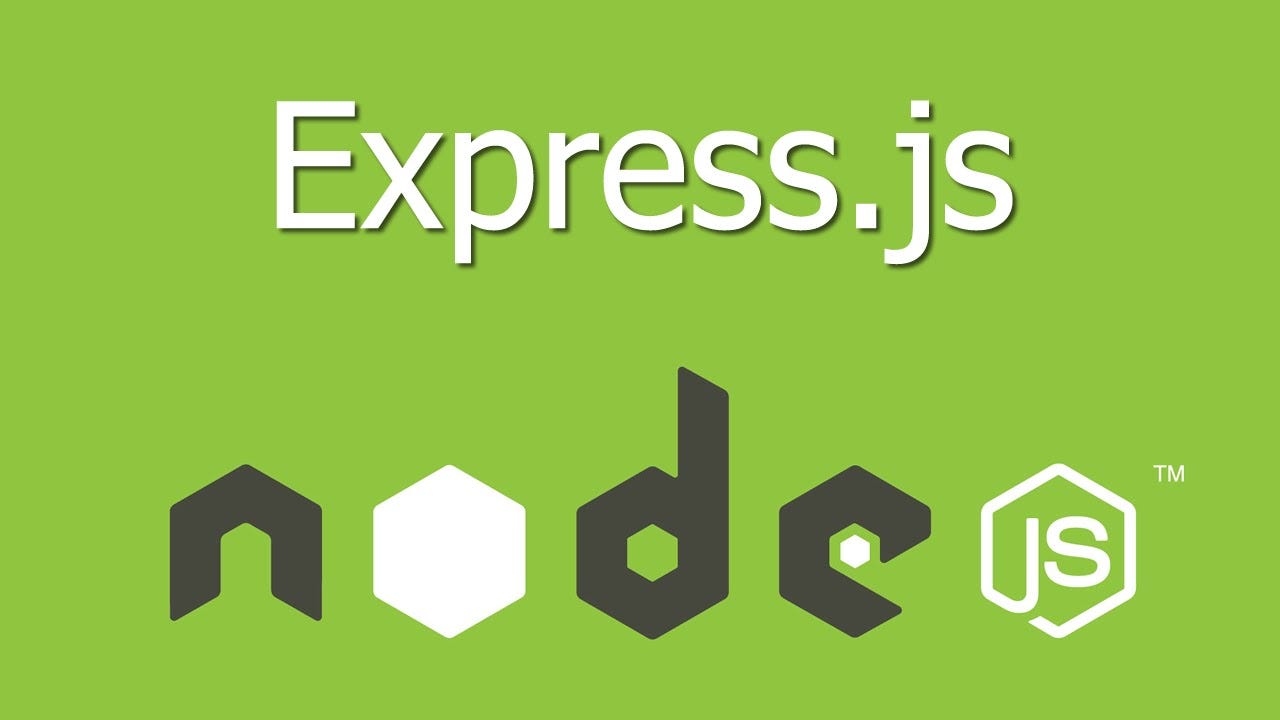
Features:
– Powerful routing API: It allows developers from all web development companies to do tasks from building a rest API to developing the routes for simple web apps and then taking it to the next level by using routing API.
– Good documentation: It is really well documented as it contains everything and also helpful for advanced web application development.
– Mature enough: It has matured quite a lot during all that time. It’s more stable than its competitors and a huge community backing it.
– Supportive community: It has a big community with a lot of tutorials and guides written by expert developers.
Technical specifications:
Written in: JavaScript
License: MIT
Repository:https://github.com/expressjs/express
Platforms:Cross-platform
6) Laravel
Being an open source web app builder, Laravel follows the MVC architecture pattern. It is a PHP framework for the development of extensive backend web apps, which facilitates seamless connectivity with the back-end. It is well equipped with effective command line tools and help functions.
This backend web frameworks was initially introduced as an open source PHP web framework in 2011. It has become popular thanks to its database migration, intuitive interface, blade template engine etc. The framework has built-in utilities to access relational databases with modular technology. packing system.
Read This: 5 Ways Artificial Intelligence Can Improve Web Development
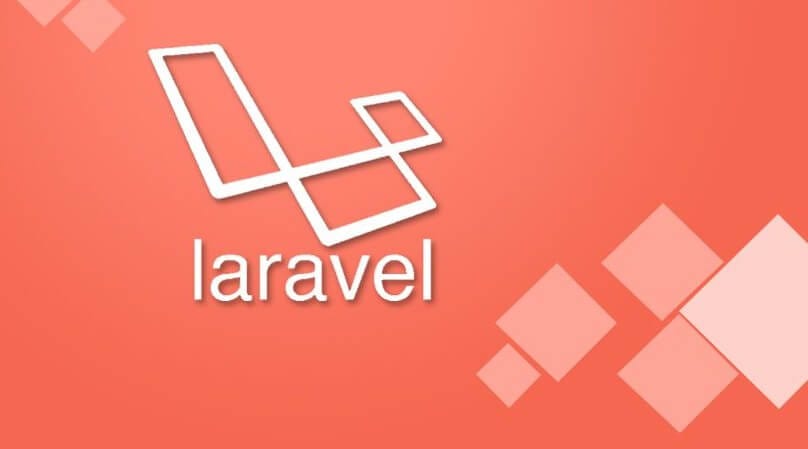
Features:
– Robust ecosystem: It provides excellent paid services for deployment, provisioning, and learning. It has many high-quality free supported and community packages, blogs, videos and other resources.
– Great resources: There are a large number of sources for learning about Laravel and modern PHP. Laracasts.com is one of the best examples which is built using this web app development framework.
– Powerful template system: Blade is a perfect example of this. It compiles directly to raw PHP and is processed in the server when a request is made.
– Community friendly: Community “leaders” are approachable, helpful and respectful.
Technical specifications:
Default ORM: Eloquent
Default Template Engine: Blade
Written in: PHP
License: MIT License
7) Pyramid
This web application development framework is based on the pay-per-use model, with only the common basic tools available that are needed for the development of web apps. These include mapping of URLs to the code, security, and the integration of the database.
This small, open source framework based on an easy-to-use approach for beginners is known for its speed. It has been extensively tested in various scenarios and conditions and boasts of the extensive documentation and extensive support available.
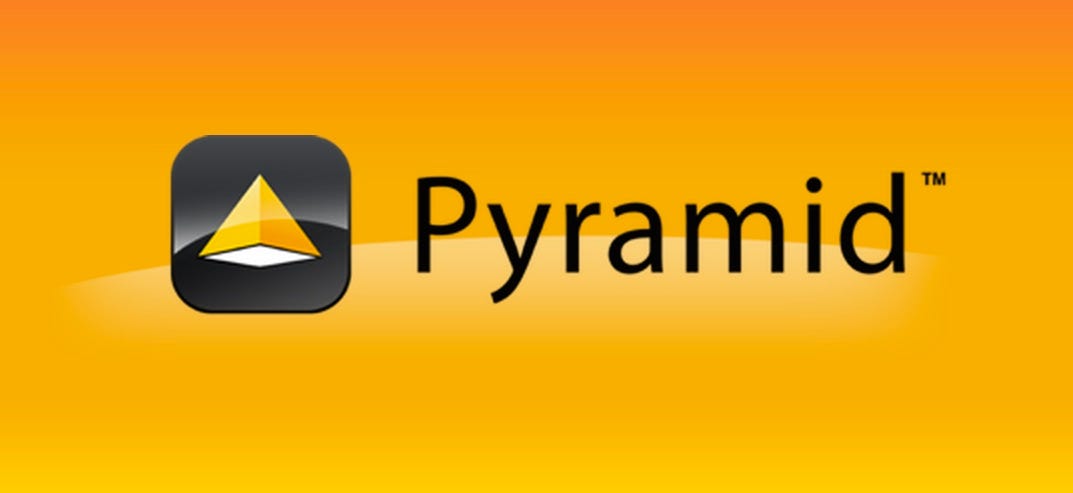
Features:
– Good for small and large projects: This web app development framework was designed to set up quickly and grow elegantly.
– Very flexible: It can be used to create small applications quickly and easily, but also power large enterprise-scale applications such as Dropbox.
Technical specifications:
Default ORM: SqlAlchemy
Default Template Engine: Jinja2
Conclusion:
So far we have seen some of the best and widely used top backend web frameworks for your next web application development project. The popularity of these tools is increasing due to constantly changing technologies according to the new web app development scenario. I hope that this list is sufficient for your requirements and if you have any suggestions please feel free to comment below.
In addition, if you want to outsource the web app development work or hire web developers, we at ValueCoders(a leading web development company) are always at your disposal with their expert software testing services. Because our web application developers guarantee SLA, they have implemented more than 4200 projects and have more than 13 years of experience, we have more than 2,500 satisfied customers and we offer a zero billing guarantee.